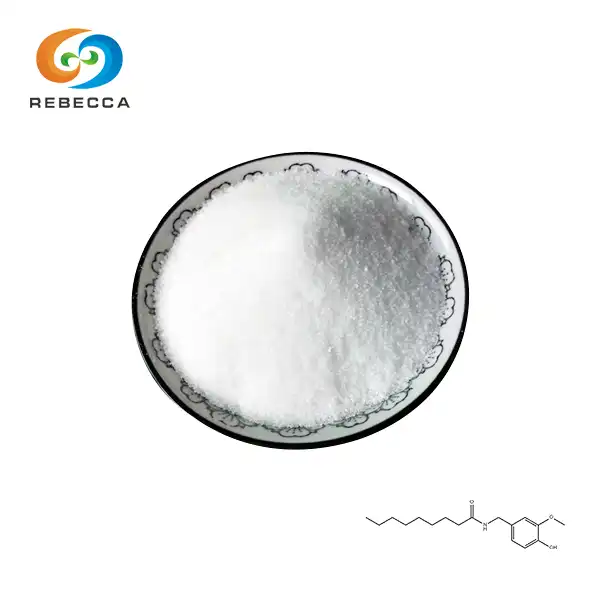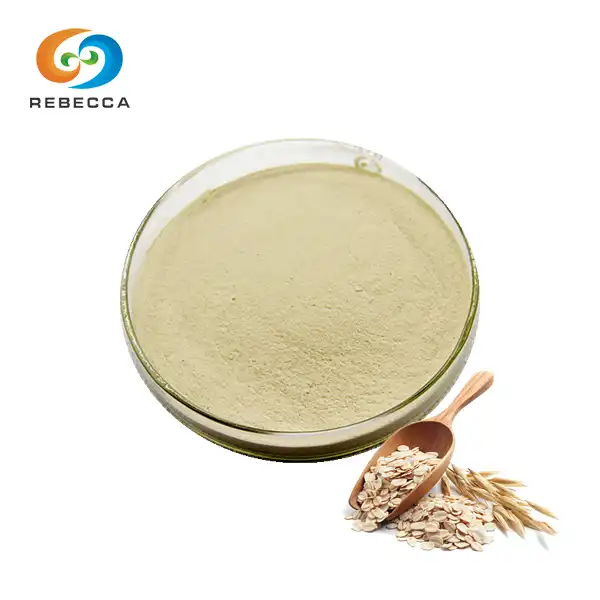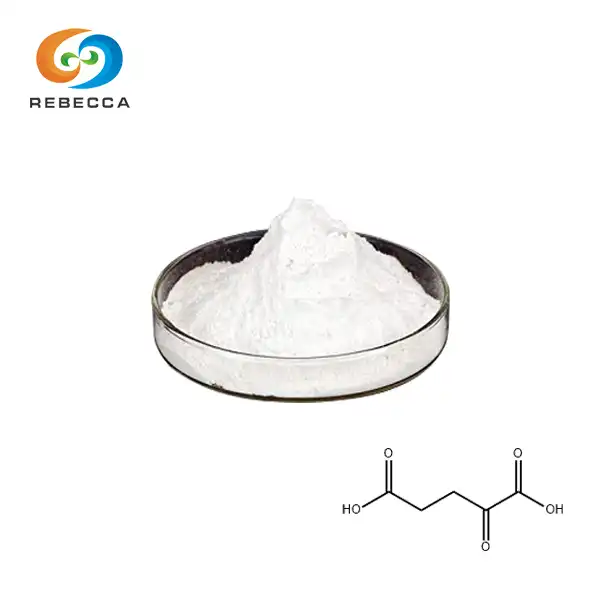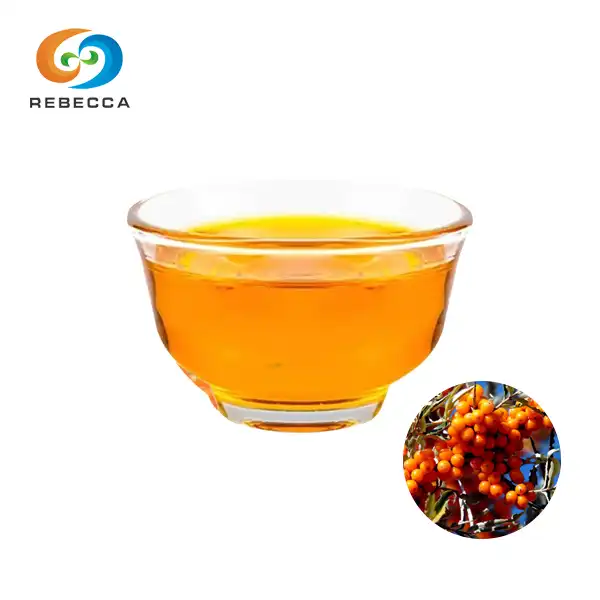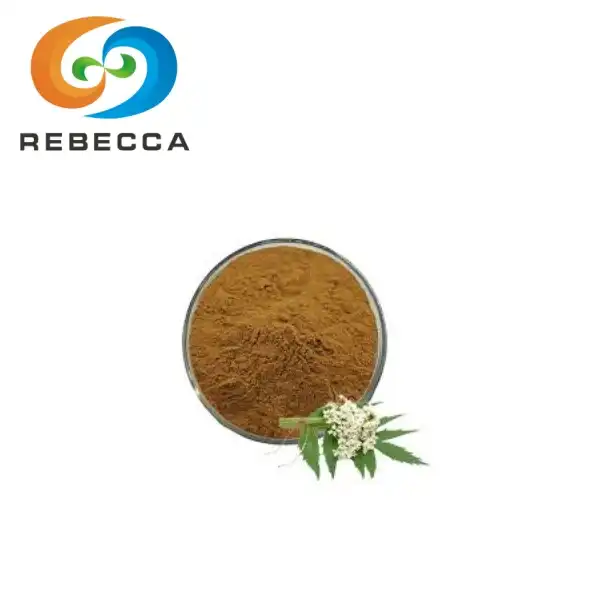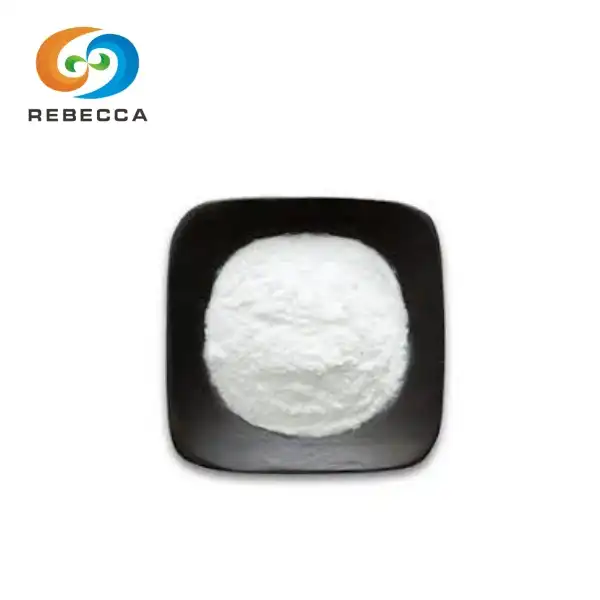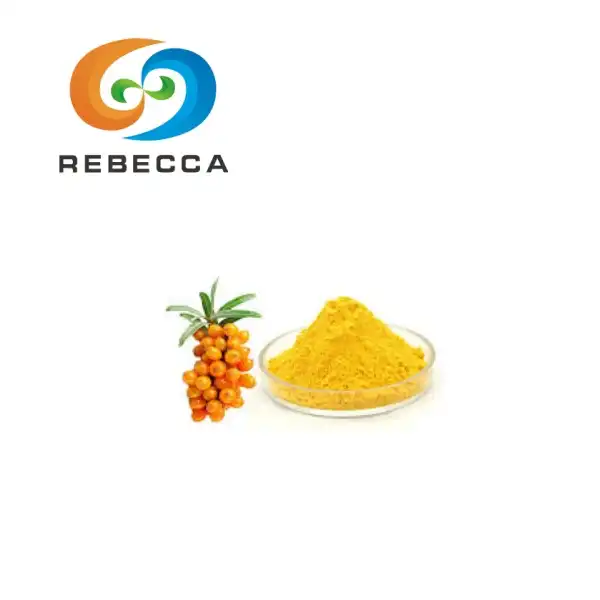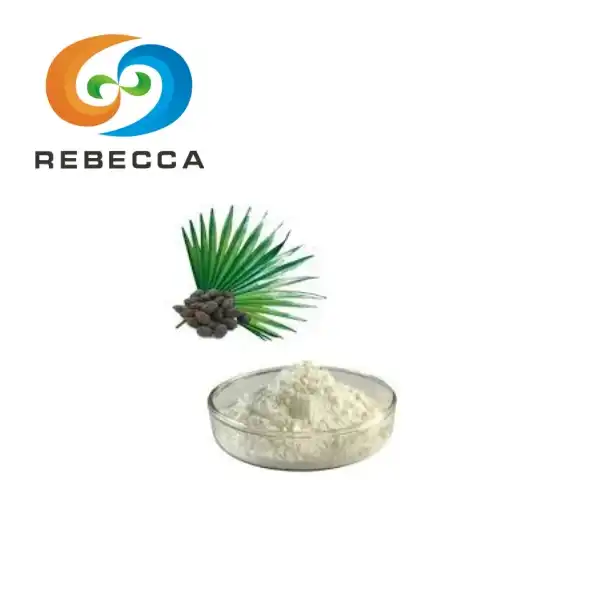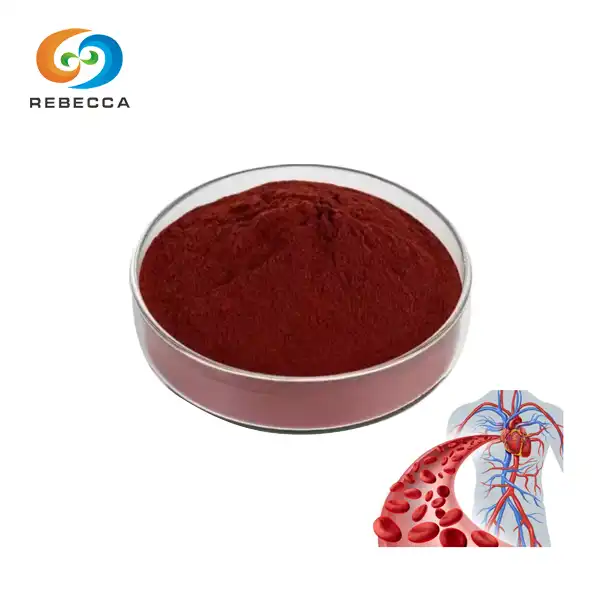What is the Anti-inflammatory Activity of Kaempferol?
Inflammation is a natural bodily response to injury or infection, but when it becomes chronic, it can lead to various health issues. Nature has provided us with numerous compounds that can help combat inflammation, and one such powerful ally is kaempferol. This article delves into the anti-inflammatory properties of kaempferol extract, exploring its mechanisms of action and potential health benefits.

Kaempferol Extract: A Powerful Natural Anti-inflammatory
Kaempferol is a flavonoid found in various plants, including the root of Kaempferia galanga L. This yellow crystalline powder, with the molecular formula C15H10O6, has gained significant attention in the scientific community for its potent anti-inflammatory properties.
Understanding Kaempferol's Chemical Structure
The unique chemical structure of kaempferol contributes to its anti-inflammatory effects. As a polyphenolic compound, it possesses multiple hydroxyl groups that enable it to interact with various cellular targets involved in the inflammatory process.
Sources of Kaempferol in Nature
While kaempferol can be extracted from various plants, it's particularly abundant in the root of Kaempferia galanga L. This plant has been used in traditional medicine for centuries, and modern scientific research is now validating its anti-inflammatory properties.
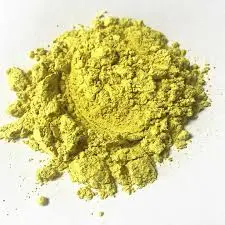
How Kaempferol Reduces Inflammation at the Cellular Level?
The anti-inflammatory activity of kaempferol is not just anecdotal; it's backed by scientific evidence. Let's explore the mechanisms through which this flavonoid combats inflammation.
Inhibition of Pro-inflammatory Enzymes
Kaempferol has been shown to inhibit key enzymes involved in the inflammatory process, such as cyclooxygenase-2 (COX-2) and lipoxygenase. By suppressing these enzymes, kaempferol helps reduce the production of inflammatory mediators.
Modulation of Inflammatory Signaling Pathways
Research has demonstrated that kaempferol can modulate various signaling pathways involved in inflammation. It has been found to suppress the activation of nuclear factor-kappa B (NF-κB), a key transcription factor in the inflammatory response.
Antioxidant Properties
Oxidative stress often goes hand-in-hand with inflammation. Kaempferol's potent antioxidant properties help neutralize harmful free radicals, thereby indirectly contributing to its anti-inflammatory effects.

Top Health Benefits of Kaempferol Extract for Inflammation
The anti-inflammatory properties of kaempferol translate into several potential health benefits. Let's examine some of the most promising areas where kaempferol extract might make a difference.
Cardiovascular Health
Chronic inflammation is a major contributor to cardiovascular diseases, including atherosclerosis, heart attacks, and stroke. Kaempferol extract, with its powerful anti-inflammatory and antioxidant properties, may play a significant role in protecting the cardiovascular system. By reducing inflammation and oxidative stress, kaempferol can help maintain the integrity of blood vessels and prevent damage to the heart.
It works by suppressing the release of pro-inflammatory molecules, which are often linked to the formation of plaque in arteries. This helps improve blood flow and can reduce the risk of heart disease and other cardiovascular conditions, contributing to overall heart health.
Neuroprotection
Neuroinflammation is increasingly recognized as a key factor in the development and progression of neurodegenerative diseases, including Alzheimer's and Parkinson's disease. Kaempferol’s anti-inflammatory properties may provide neuroprotective benefits by reducing the inflammation in the brain that contributes to these conditions.
Research suggests that kaempferol may help mitigate damage to brain cells caused by oxidative stress and inflammation, potentially slowing the progression of neurodegenerative diseases. By modulating inflammatory pathways and supporting neuronal health, kaempferol could play a vital role in protecting the brain, improving cognitive function, and supporting long-term neurological health.
Cancer Prevention
Chronic inflammation has long been linked to the development of various types of cancer. Inflammatory pathways can alter cellular functions, creating an environment that promotes tumor growth and metastasis. Kaempferol's ability to suppress inflammation and regulate key cellular signaling pathways may help reduce the risk of cancer development.
By reducing the inflammatory response, kaempferol could potentially inhibit the formation of tumors and block the spread of cancerous cells. Additionally, its antioxidant properties may help neutralize free radicals, further reducing cancer-promoting oxidative stress. These combined effects make kaempferol a promising candidate in cancer prevention research.
Respiratory Health
Inflammatory conditions in the respiratory system, such as asthma and chronic obstructive pulmonary disease (COPD), often lead to difficulty breathing and discomfort. Kaempferol’s anti-inflammatory properties may help alleviate airway inflammation, offering relief to individuals suffering from these conditions.
By reducing the inflammatory response in the lungs and airways, kaempferol can improve airflow, decrease bronchoconstriction, and potentially reduce the frequency and severity of asthma attacks. This makes it a valuable natural option for individuals looking to support respiratory health and manage chronic inflammatory conditions that affect the lungs and airways.
Joint Health
Inflammatory joint conditions, such as rheumatoid arthritis and osteoarthritis, often cause pain, swelling, and reduced mobility. Kaempferol's anti-inflammatory effects may offer relief by inhibiting the activity of pro-inflammatory enzymes, such as cyclooxygenase (COX) and lipoxygenase (LOX). These enzymes are involved in the inflammatory process that leads to joint inflammation and associated pain.
By reducing inflammation in the joints, kaempferol may help manage symptoms, improve mobility, and decrease pain. Its ability to modulate inflammatory pathways could provide a natural way to support joint health and alleviate the discomfort of chronic inflammatory conditions.

Conclusion
kaempferol extract presents a promising natural approach to combating inflammation. Its multi-faceted anti-inflammatory mechanisms, coupled with its antioxidant properties, make it a compound of significant interest in the field of natural health. As research continues to unfold, we may discover even more applications for this powerful flavonoid in managing inflammatory conditions.
For more information about kaempferol extract and its potential health benefits, please contact us at information@sxrebecca.com. Our team at Shaanxi Rebecca Biotechnology Co., Ltd. is committed to providing high-quality natural extracts, including kaempferol, to support your health and wellness goals.
References
1. Chen, A. Y., & Chen, Y. C. (2013). A review of the dietary flavonoid, kaempferol on human health and cancer chemoprevention. Food Chemistry, 138(4), 2099-2107.
2. Devi, K. P., Malar, D. S., Nabavi, S. F., Sureda, A., Xiao, J., Nabavi, S. M., & Daglia, M. (2015). Kaempferol and inflammation: From chemistry to medicine. Pharmacological Research, 99, 1-10.
3. Rajendran, P., Rengarajan, T., Nandakumar, N., Palaniswami, R., Nishigaki, Y., & Nishigaki, I. (2014). Kaempferol, a potential cytostatic and cure for inflammatory disorders. European Journal of Medicinal Chemistry, 86, 103-112.
4. Calderón-Montaño, J. M., Burgos-Morón, E., Pérez-Guerrero, C., & López-Lázaro, M. (2011). A review on the dietary flavonoid kaempferol. Mini Reviews in Medicinal Chemistry, 11(4), 298-344.
5. Kim, S. H., & Choi, K. C. (2013). Anti-cancer effect and underlying mechanism(s) of kaempferol, a phytoestrogen, on the regulation of apoptosis in diverse cancer cell models. Toxicological Research, 29(4), 229-234.
_1730691017423.webp)

